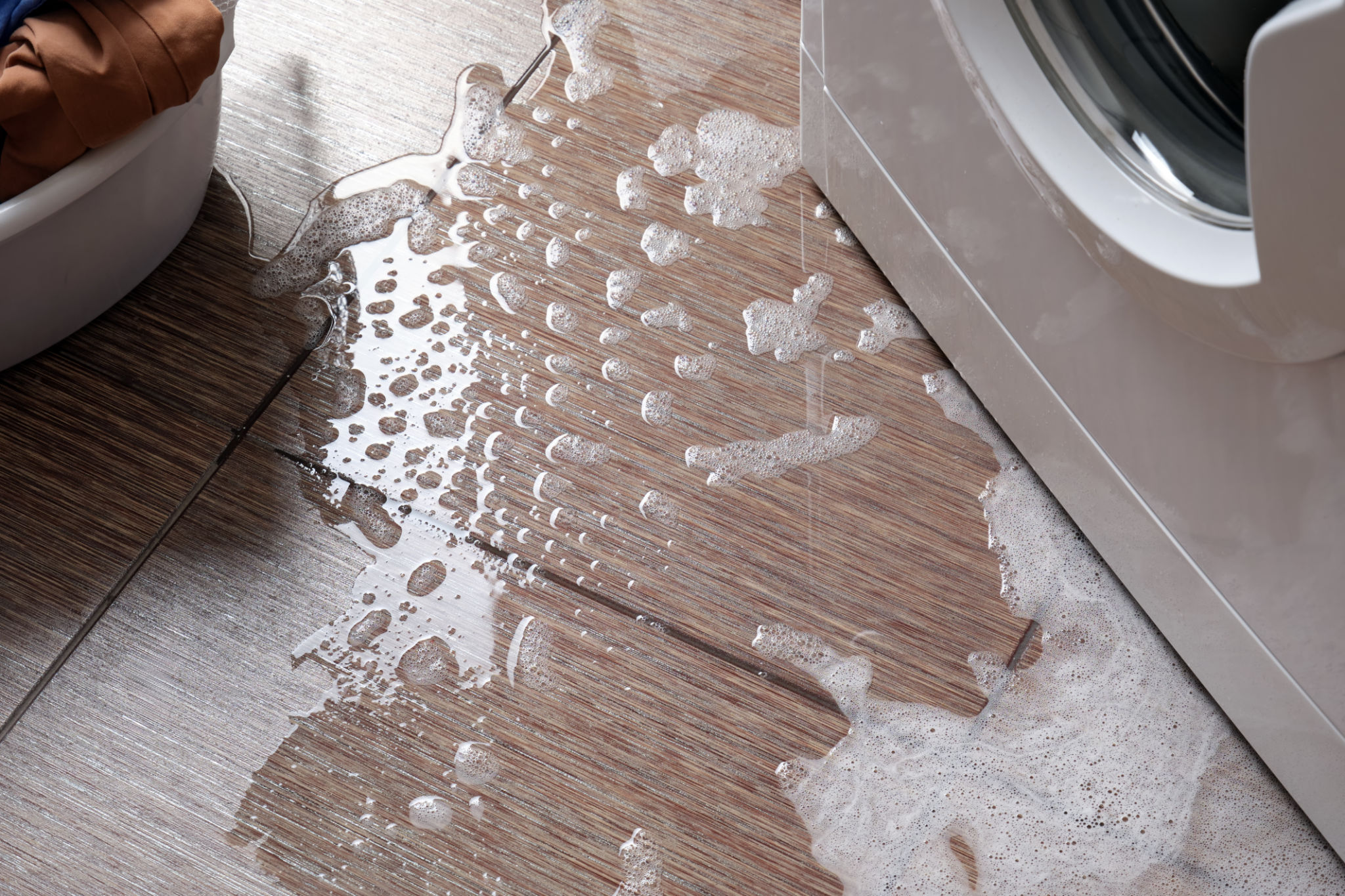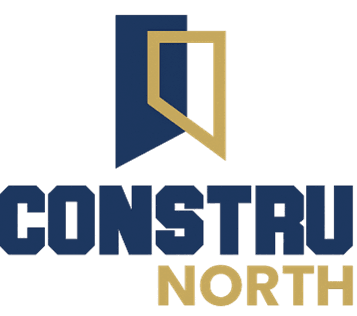Expert Tips for Structural Repairs: Ensuring Building Safety and Longevity
Understanding the Importance of Structural Repairs
Structural repairs are a crucial aspect of maintaining any building, whether residential, commercial, or industrial. These repairs ensure that a structure remains safe, functional, and aesthetically pleasing. Over time, exposure to weather elements, wear and tear, and other factors can lead to structural issues that need timely attention.
Ignoring these problems can lead to significant safety hazards and costly repairs in the future. Therefore, understanding the importance of regular inspections and maintenance is paramount for building longevity.

Identifying Common Structural Issues
Cracks in Walls and Foundations
One of the most common signs of structural damage is the appearance of cracks in walls and foundations. These cracks can be caused by various factors such as settling of the building, temperature fluctuations, or moisture infiltration. It's essential to have a professional assess these cracks to determine their severity and necessary repairs.
Water Damage and Leaks
Water damage can compromise the integrity of a building's structure. Leaks and moisture intrusions can lead to mold growth, wood rot, and deterioration of building materials. Regular inspection for signs of water damage, such as stains on walls or ceilings, can help prevent extensive repairs down the line.

Expert Tips for Effective Structural Repairs
Conduct Regular Inspections
Regular inspections are vital for early detection of structural issues. Engage professional inspectors who can identify potential problems before they escalate. This proactive approach can save you from costly repairs and ensure the safety of the building's occupants.
Prioritize Safety
When undertaking structural repairs, prioritizing safety is crucial. Always use high-quality materials and rely on skilled professionals to carry out the repairs. Cutting corners to save costs can compromise the building's safety and lead to more significant issues in the future.

Ensuring Longevity Through Maintenance
Create a Maintenance Schedule
A well-structured maintenance schedule is essential for building longevity. Regularly update your maintenance checklist to include tasks such as cleaning gutters, checking drainage systems, and inspecting roofing materials. This routine care helps prevent minor issues from turning into major repairs.
Invest in Quality Materials
Using quality materials for repairs and renovations can significantly extend the life of a building. While it may be tempting to opt for cheaper alternatives, investing in durable materials ensures that repairs are long-lasting and reliable.

The Role of Technology in Structural Repairs
Modern technology plays a significant role in enhancing structural repair processes. Advanced tools and equipment enable more precise diagnostics and efficient repairs. Innovations such as drones for inspections and 3D modeling for repair planning have transformed the industry.
Embracing these technological advancements not only improves repair outcomes but also reduces downtime and costs associated with extensive repair work.
- Utilize drones for aerial inspections.
- Implement 3D modeling for accurate repair planning.
- Adopt new materials with enhanced durability.
Conclusion: A Proactive Approach to Building Safety
Ensuring the safety and longevity of a building requires a proactive approach to structural repairs and maintenance. By identifying issues early, employing expert tips, and embracing technology, property owners can protect their investments and create safe environments for occupants.
Remember, regular attention to structural integrity not only preserves the building's value but also provides peace of mind knowing that your property is safe and secure.
